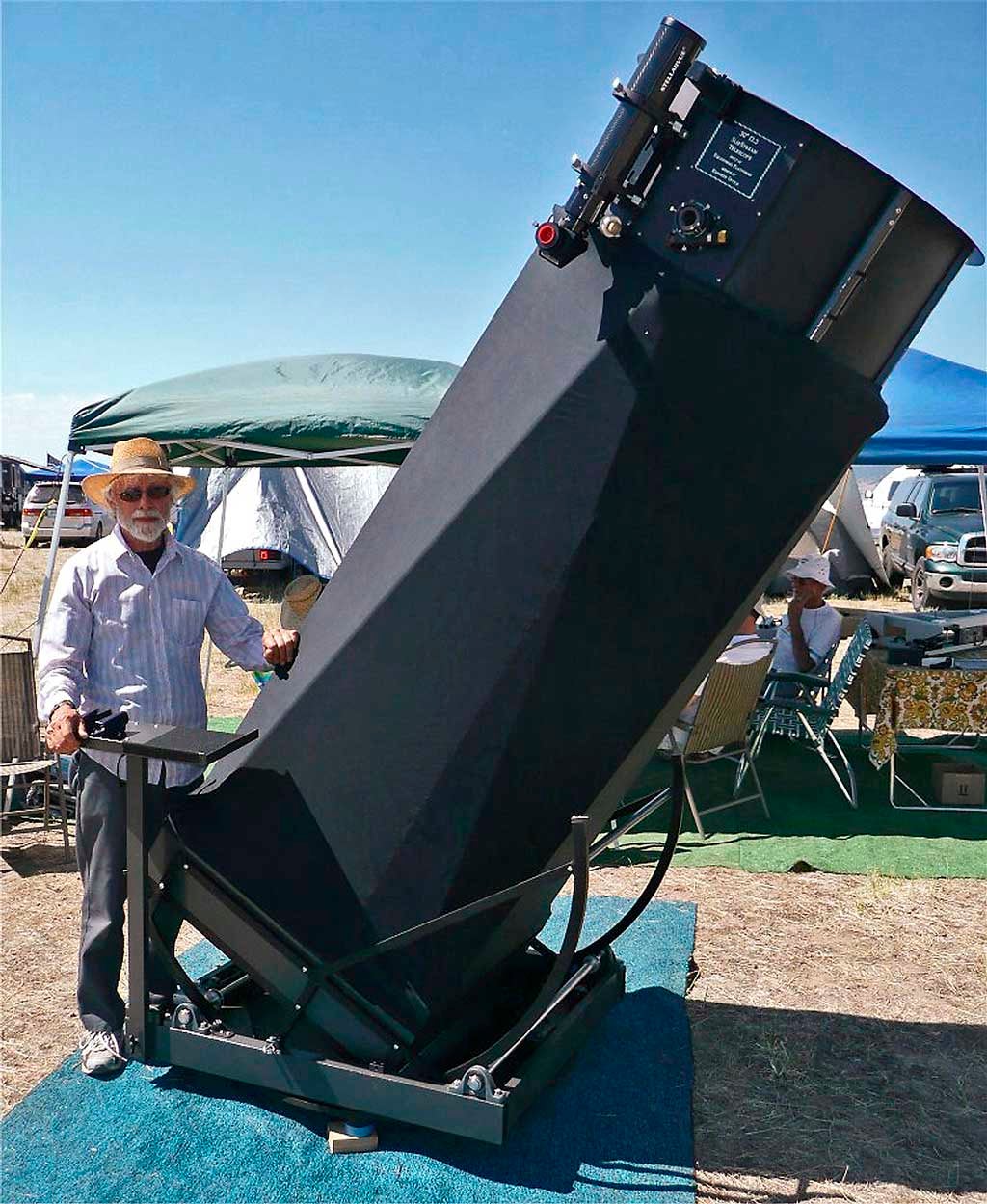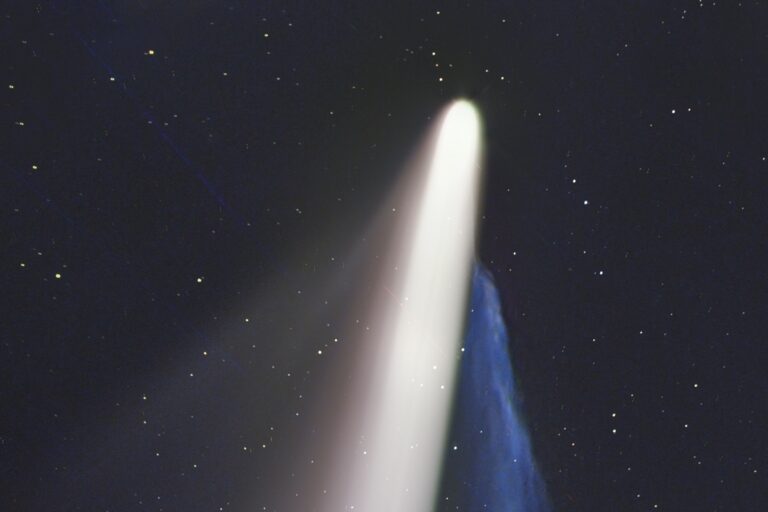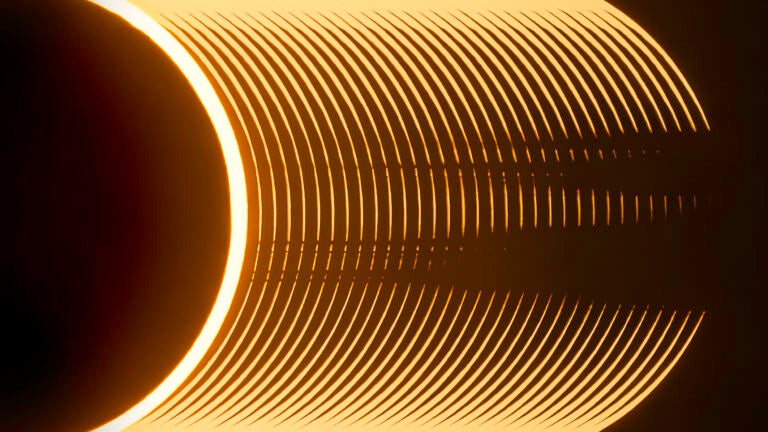Take a leisurely stroll among the telescopes, and you will notice that most of them are Dobsonians, with a few Schmidt-Cassegrains scattered here and there. In this part of the star party, shade tents are up with people laughing and carrying on. Beer flows generously. An aura of social togetherness kindles the anticipation of another great night of viewing under that wonderful dark sky. To sum up the overall feeling, these people are having fun!
But then you wander to some far-flung part of the star party and come upon people who look depressed and worried. Congratulations, you’ve found the imagers. The polar alignment slipped last night when the portable pier sank into a cow patty, the deep-cycle battery that should be fully charged quit after 30 minutes, the CCD camera decided it didn’t like one of the connecting cables, and the laptop computer failed to boot. Equipment that can fail under ideal conditions in an observatory takes a dim view of being dragged onto a dusty field and exposed to the elements.
Still, the imagers persist, for they are a special breed. At night, you always can recognize them while walking around the star party with a red flashlight. Here’s the absolute test to tell them apart: Walk up to someone viewing and say hello. The observers will answer you and most likely invite you to take a look at whatever’s in their scope. Walk up to an imager, and before you get within 20 feet of their telescope you will hear a menacing growl — not just any growl, but the sound of imminent death if you take one step closer.
How do I know all this? Because in my 30 years of being an amateur astronomer, I have been both. Walk away from an imaging telescope for just 30 seconds to get a snack, and it’s guaranteed that when you return some curious soul will be inspecting it (and ruining your work) with an officially sanctioned, full-regulation red flashlight. Or while you are trying to track down some minor malfunction that is totally ruining any effort to image, Mr. Twenty Questions will walk up and demand your attention.
Ask me if I can recall my best view of M13, and I say sure: on Mount Pinos, California, with a 20-inch f/5 Obsession under the most perfect seeing I have ever seen. The Eskimo Nebula? That was at the Ultimate Star Party in the McDonald Observatory parking lot with my 25-inch on a tracking platform. How about M17? At the Texas Star Party with the 25-inch. I could go on and on. Ask me if I recall my best night of imaging, though, and I say: Huh? Maybe it’s when everything actually worked.
I’m not saying either is better, but viewers and imagers are different in mindset and emotional content. One lives for the moment while the other lives for future promised riches. One is relaxed and having a great time; the other is “serious” and downright protective.
I like to do both, but the secret truth is that if I could only do one for the rest of my life, it would be viewing. Seeing the heavens at night through a large Dobsonian or giant binoculars, combined with re-newed friendships during the day, is pretty hard to beat.
There’s no doubt that viewing and imaging each has its place in amateur astronomy, so I hope that this lighthearted examination helps you decide which way you’d like to go. You know, just in case you were wondering.











